CARING WITH FAMILY
|
| The Bearded Collie is known for its affectionate nature and tends to form strong bonds with their family members and people they know well. They are generally not aloof and have a friendly and sociable disposition. Beardies often display a welcoming and enthusiastic attitude towards their loved ones treating everyone they know as their best friend. This breed is known for their love and devotion making them excellent companions and family dogs. |
LOVE WITH CHILDREN
Unwise
Good With Children
|
| When it comes to the way a breed interacts with children, showing great tolerance and patience, as well as being inherently family-friendly, it is crucial to always supervise dogs around young children or those who aren't familiar with them. |
BEHAVIOR WITH DOGS
Unwise
Good With Other Dogs
|
| The Bearded Collie is known for being generally friendly and sociable towards other dogs. While individual personalities may vary as with any breed, Beardies tend to have a positive and amicable approach when interacting with other canines. However, it is essential to remember that supervision is crucial during introductions and interactions between dogs regardless of breed. Each dog should be assessed on an individual basis, taking into consideration their socialization, training, and temperament. Proper introductions, controlled environments, and observing body language are important for ensuring positive interactions between Bearded Collies and other dogs, both at home and in public settings. |
SHEDDING LEVELS & MANAGEMENT
No Shedding
Hair Everywhere
|
| The amount of fur and hair a breed is expected to leave behind should be taken into account. Breeds with high shedding will require more frequent brushing, have a greater potential to trigger certain allergies, and will necessitate more consistent vacuuming and lint-rolling. |
COAT GROOMING STANDARDS
|
| When considering the grooming needs of a particular breed, it's important to determine how often they require bathing, brushing, trimming, or other types of coat maintenance. It's crucial to take into account the amount of time, patience and budget you can allocate to this specific kind of care. Remember that all breeds need regular nail trimming. |
DROOLING INTENSITY
Less Likely to Drool
Always Have a Towel
|
| For individuals who prioritize cleanliness and have a preference for a tidy environment, it's worth considering the drooling tendencies of different dog breeds. Some breeds are more prone to excessive drooling, which can result in ropes of slobber on your arm or leave significant wet spots on your clothes. If you value a more drool-free experience, it may be wise to avoid breeds known for their excessive drooling. |
COAT STYLES GUIDE |
| Curly |
| COAT SPECTRUM |
| Medium |
FRIENDLINESS
Reserved
Everyone Is My Best Friend
|
| When evaluating a breed's behavior towards strangers, it's essential to consider their typical temperament. Certain breeds tend to be reserved or cautious around unfamiliar individuals, regardless of the setting. These breeds may display wariness or take time to warm up to strangers. On the other hand, some breeds exhibit a more welcoming and friendly disposition readily greeting and interacting with new humans whenever the opportunity arises. Understanding a breed's propensity for accepting strangers can be helpful in determining the level of socialization and interaction they would require. |
LIVELINESS
Only When You Want To Play
Non-Stop
|
| When considering a breed's enthusiasm for play, it is important to recognize that different breeds have varying energy levels and play preferences. Some breeds display a high level of energy and enjoy engaging in interactive play, such as tug-of-war or fetch well beyond their puppyhood stage. These breeds have a natural inclination for play and may actively seek out playtime as part of their daily routine. On the other hand, there are breeds that tend to be more laid-back and content with relaxed activities. These dogs may enjoy spending quality time with their owners lounging on the couch or going for leisurely walks. Understanding a breed's playfulness can help you align their needs and preferences with your own lifestyle and activity level. |
VIGILANCE INTENSITY
What's Mine Is Yours
Vigilant
|
| When assessing a breed's tendency to alert owners of the presence of strangers, it's important to recognize that some breeds are more vigilant and inclined to react to potential threats. These breeds may have a heightened sense of awareness notifying their owners about the arrival of strangers be it the mailman or even a squirrel outside the window. However, it's worth noting that a breed's inclination to alert their owners doesn't necessarily indicate aggression or an unwelcoming attitude towards strangers. In fact, many of these breeds can warm up to strangers who are accepted by their family or are invited into their home. Their alertness serves as a protective instinct rather than a deterrent to social interaction. |
ADAPTATION CAPACITY
Lives For Routine
Highly Adaptable
|
| When assessing a breed's ability to handle change, it is important to consider their adaptability to various factors in day-to-day life. Different breeds have different levels of tolerance and adjustment to changes in living conditions, noise levels, weather, daily schedules, and other variations in their environment. Some breeds are known for their adaptive nature readily adjusting to new or changing circumstances with ease. They are flexible and can handle shifts in their routine without much difficulty. These breeds tend to be more resilient and adaptable making them well-suited for households with frequent changes or unpredictable schedules. |
OBEDIENCE LEVEL
Self-Willed
Eager to Please
|
| Experience the seamless process of training your canine friend accompanied by their unwavering enthusiasm to absorb new knowledge. Certain breeds are motivated to make their owners proud, whereas others exhibit a preference for following their own desires unrestricted by time or location. |
STAMINA LEVEL
|
| Recognizing the exercise and mental stimulation levels needed by different breeds is paramount. High-energy breeds exhibit an unwavering readiness for excitement eagerly anticipating their next adventure. Throughout the day, they will be engaged in endless running, jumping, and playing. |
VOCALIZATION
|
| Medium |
LEARNING CURIOSITY LEVEL
Happy to Lounge
Needs a Job or Activity
|
| The level of mental stimulation required for a breed to maintain happiness and overall well-being can vary. Purpose-bred dogs often have specific job-related tasks that engage their decision-making, problem-solving, concentration, and other cognitive abilities. Without adequate mental exercise, these dogs might seek out their own activities to keep their minds occupied, although these may not align with what their owners desire. |
| COLORS |
|
Description
|
Registration Code
|
|
Blue
|
037
|
|
Blue & Tan
|
044
|
|
Sandy
|
168
|
|
Liver & Tan
|
124
|
|
Liver
|
123
|
|
Sandy & Tan
|
539
|
|
| PATTERNS | .. |



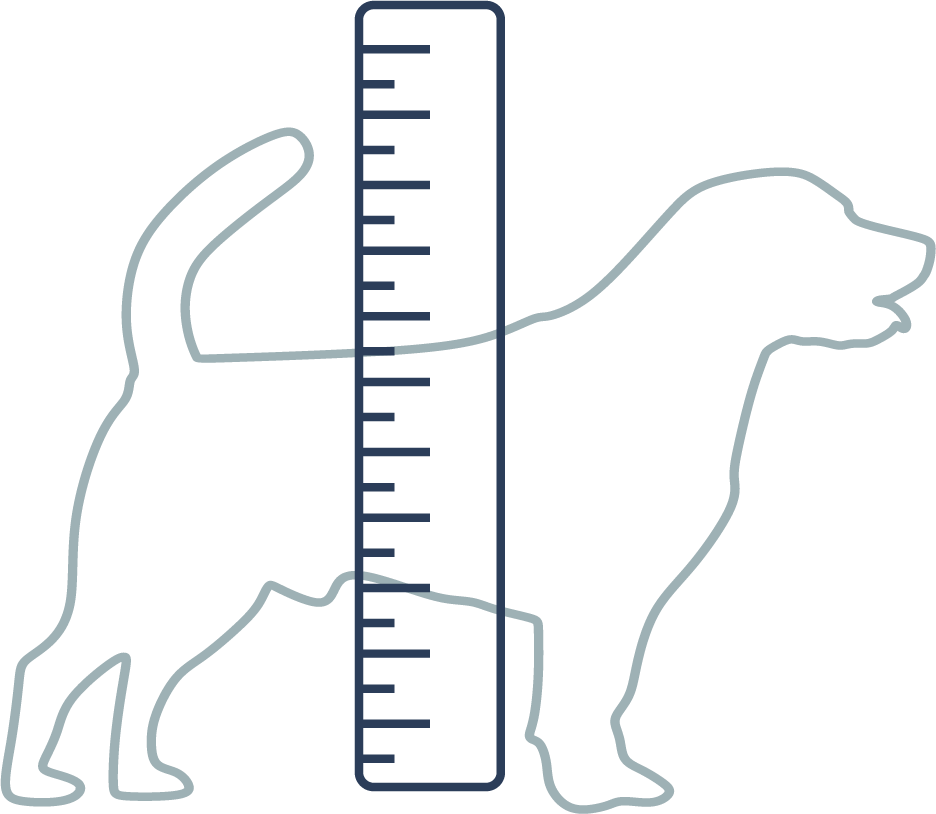


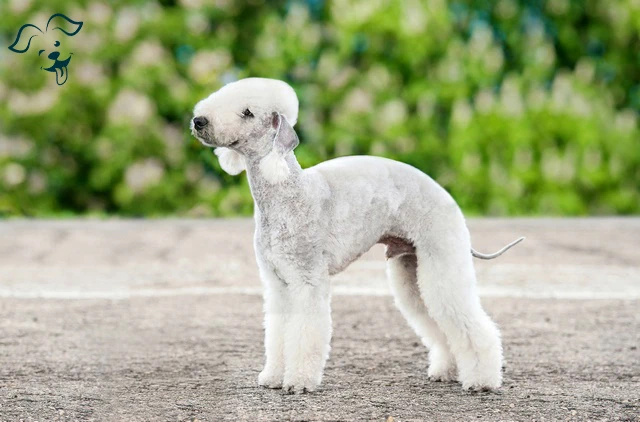
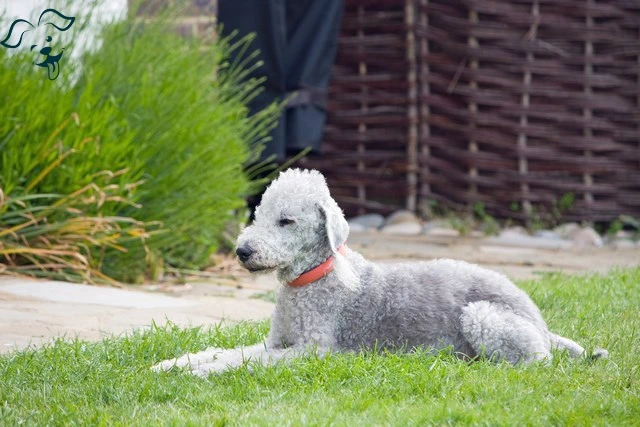
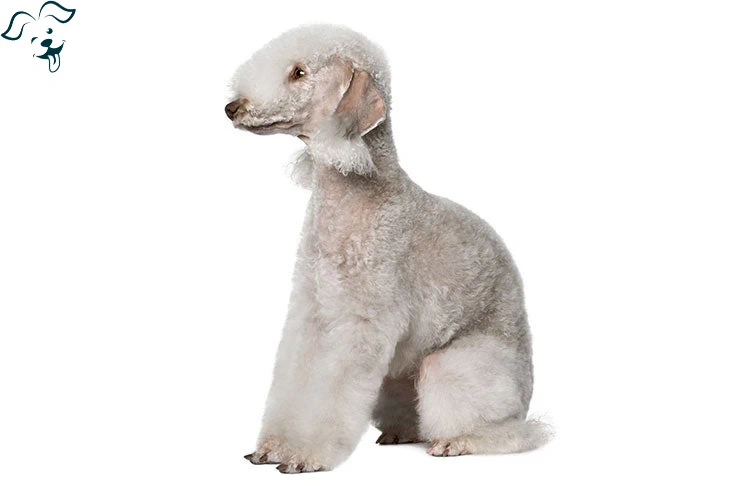
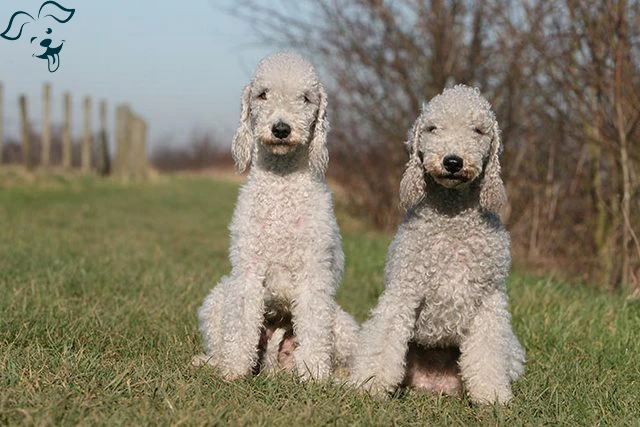






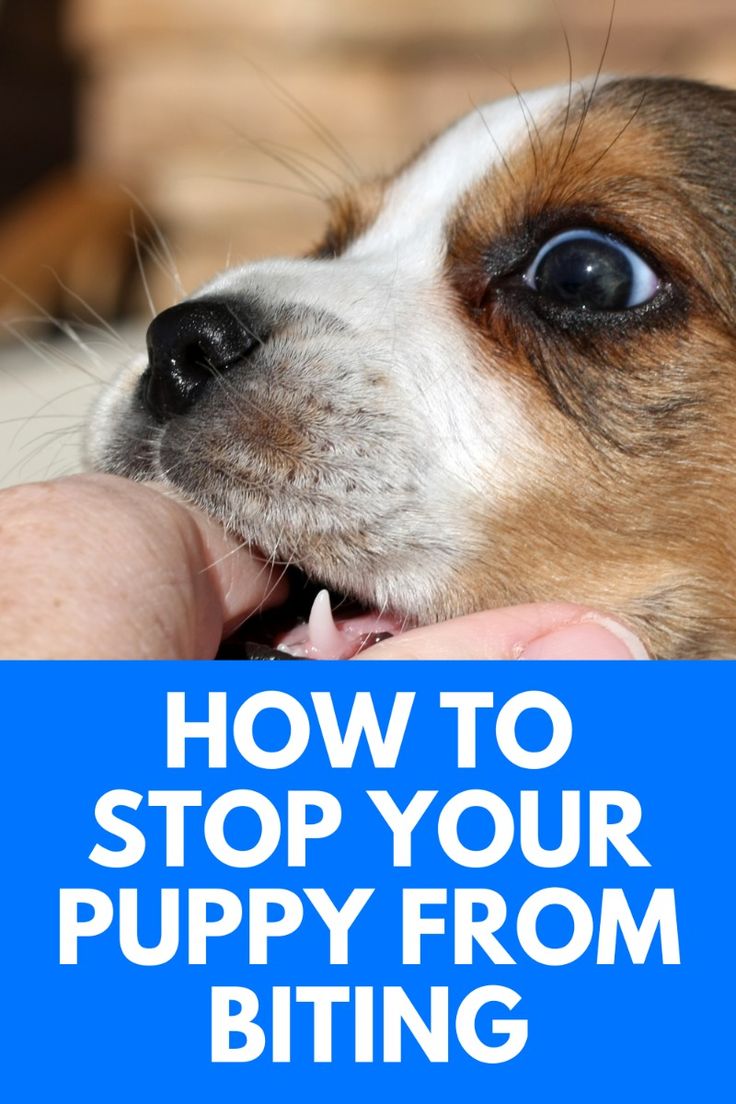


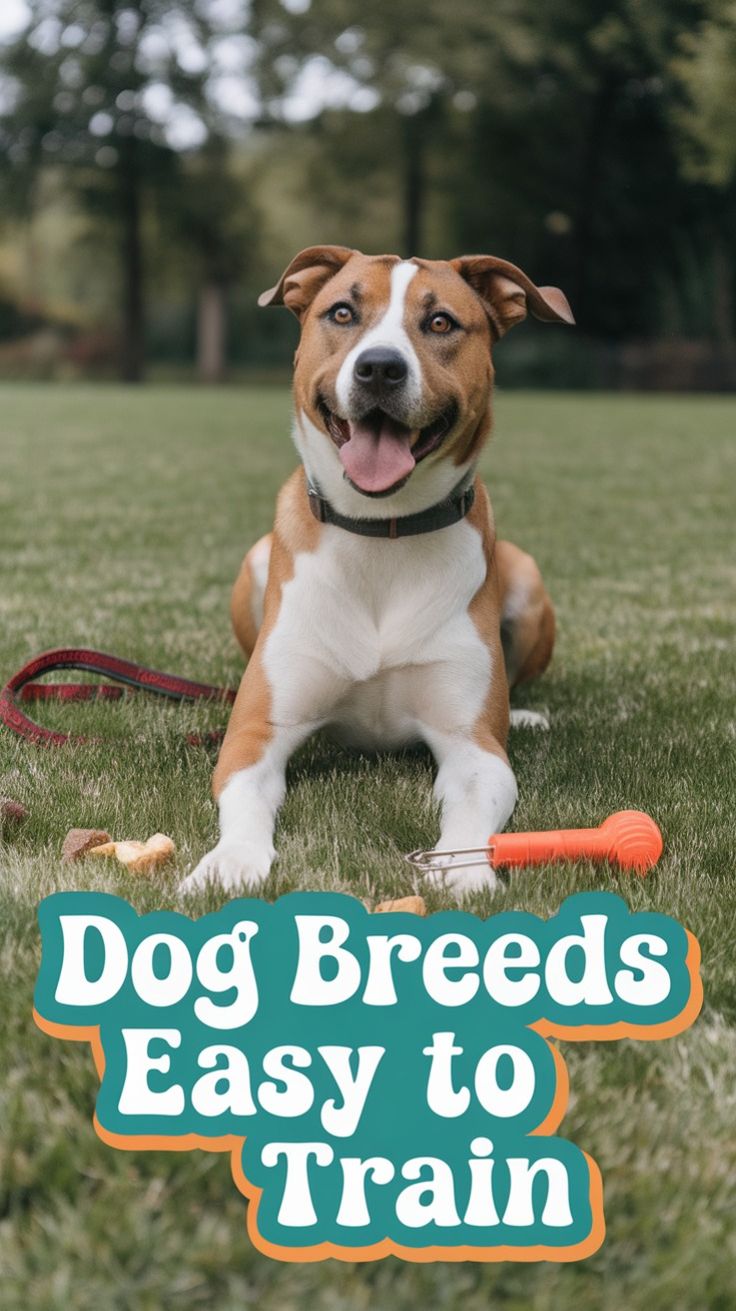
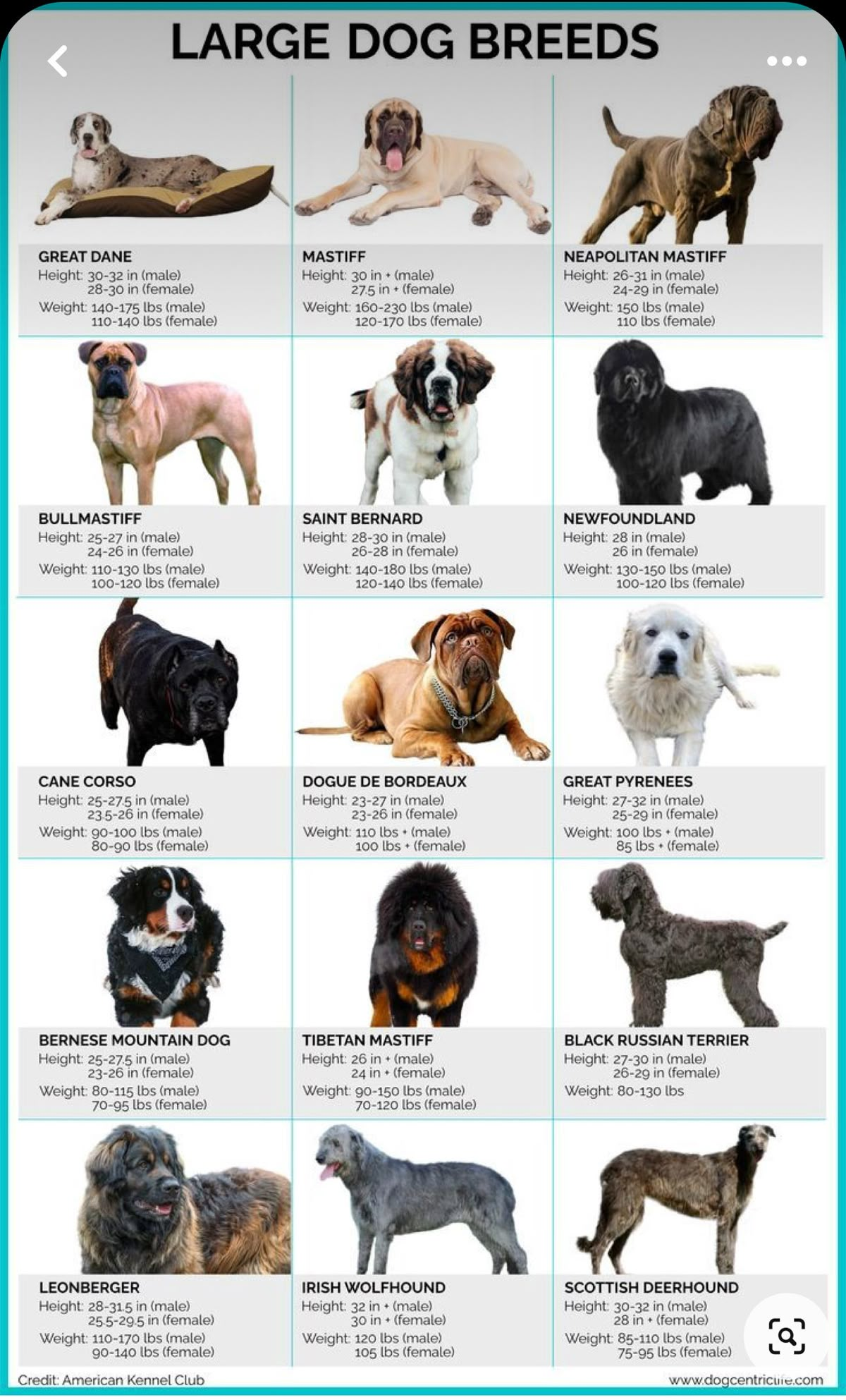

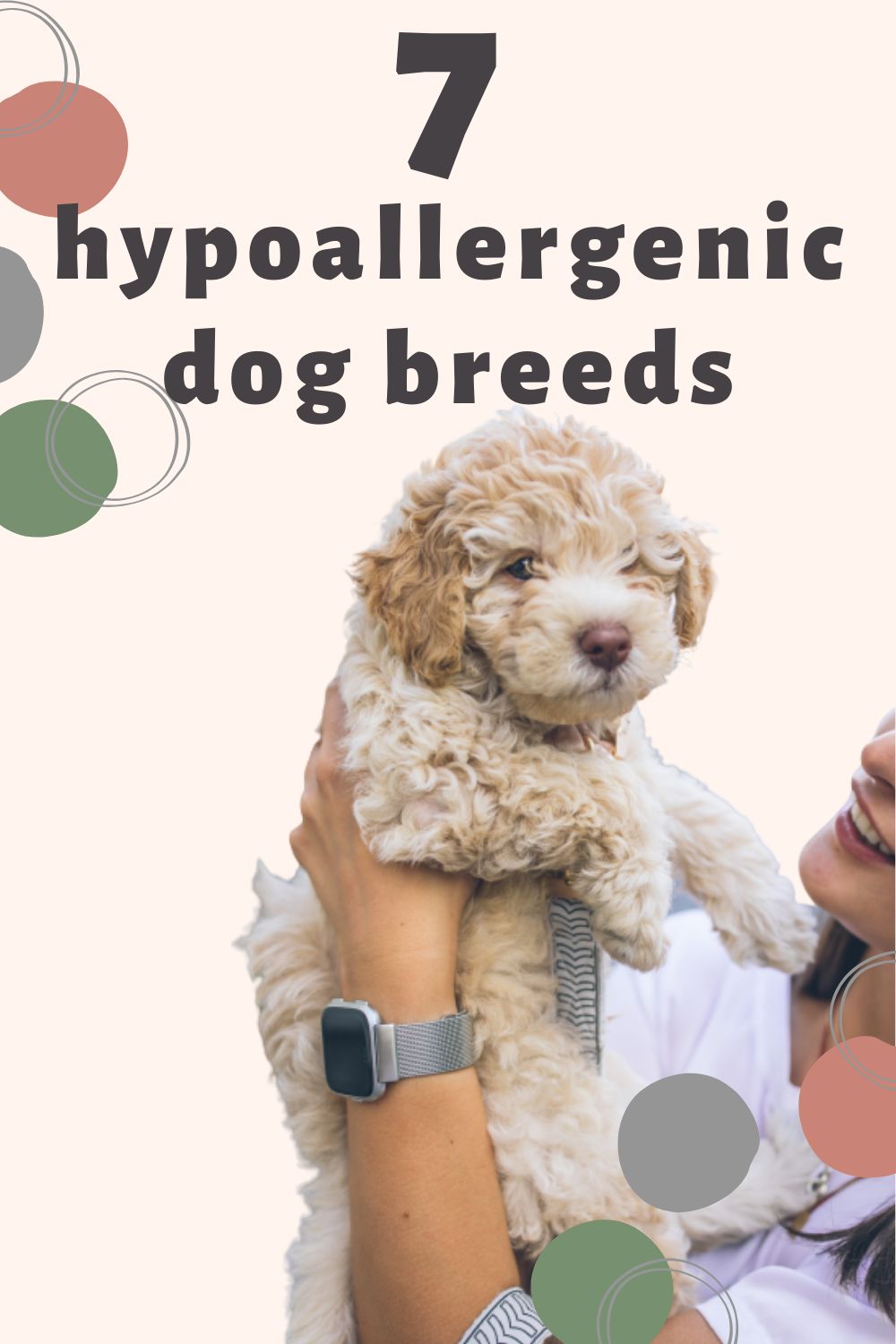




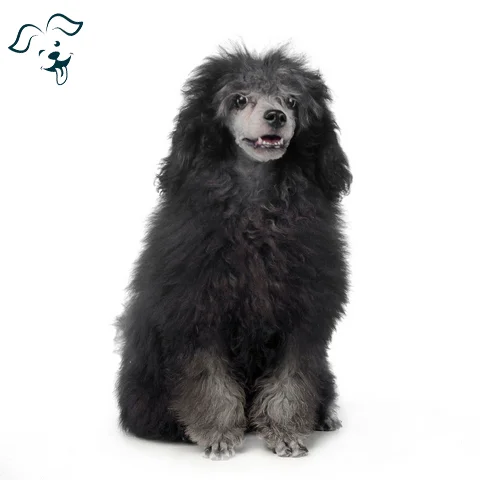

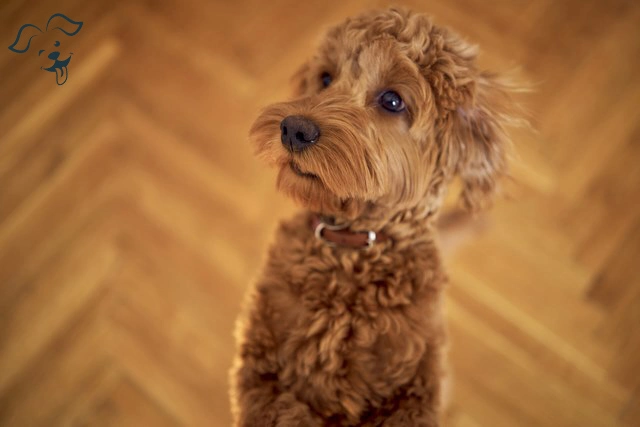
FRIENDLINESS
LIVELINESS
VIGILANCE INTENSITY
ADAPTATION CAPACITY